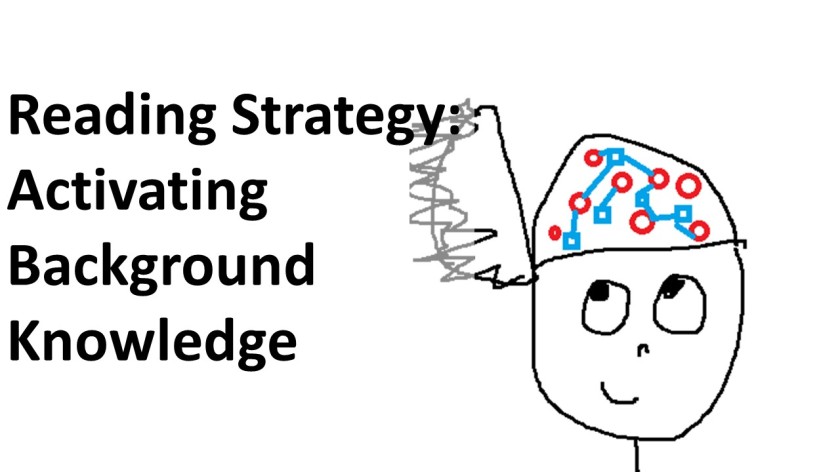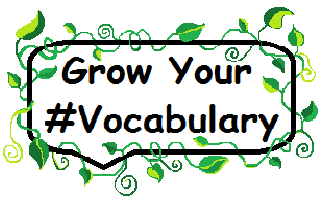
In the field of Special Education there are several areas that can cause concern for teachers with content areas. Those content areas include Science, Math and Social Science. In my field of study, Social Science, there are numerous challenges that students can struggle with including background knowledge, vocabulary and writing skills. To be successful within the social science content area students need a lot of assistance and structure provided by the teacher(s), especially when students have mild disabilities.

Collaboration is often a part of the everyday curriculum in most public schools, so it is important based on IDEA that teachers are highly qualified within the content area. In several schools that I have worked in teachers were paired based on their qualifications to teacher, which usually means that one teacher was highly qualified in the content area and the other was highly qualified to teach students with disabilities. This combination has the best chance to allow students to learn and grow as students in the content area, which in this case is social science. The teacher specialized in social science can bring the needs for background knowledge of the topics, vocabulary from the subjects, and the types of writing that influence the social science areas. The teacher specialized to teach students with disabilities is then challenged to create and adapt ways to engage, challenge and teach students by structuring their background knowledge, building vocabulary and scaffolding their writing techniques and styles.

Background knowledge is one of the toughest challenges for teachers and students in today’s classrooms. Throw in the need to assist students’ with disabilities and you have a very interesting and challenging situation. Confronted with an array of sources and information, historians must summarize, synthesize, and connect what they have learned to their own prior knowledge and what others have concluded (De La Paz, Morales, & Winston, 2007). There are many ways to assist with teaching background knowledge, but they can only be successful if the teacher is willing to take the time to teach those methods. Many of today’s teachers are rushed to teach to the standardized tests and thus feel there is not enough time to be able to teach the background knowledge that is needed to help their students learn. Prediction Guides, Carousel Walk, and Free Discussion are several ways to assess student background knowledge within the classroom. Textbook Scavenger Hunts, Picture Books, and Virtual Learning and Field Trips are all methods that can build background knowledge for students, especially those students who have learning disabilities.

Vocabulary is another challenge in teaching social science, however, this challenge is very closely related to building background knowledge. It is very important that students’ build a vast vocabulary within and outside the content area to be able to read with fluency. Even when students with disabilities are fully capable of understanding textbooks and resources in social studies, their literacy skills lag behind their verbal reasoning skills because of their difficulty in decoding the technical terms and vocabulary in the conceptually-dense historical material (De La Paz & MacArthur, 2003; Harniss, Dickson, Kinder, & Hollenbeck, 2001). For students who struggle with reading, writing and comprehension it is very important that they are able to build vocabulary development that encompasses a speaking/listening vocabulary, as well as a reading/writing vocabulary. By creating these types of partnerships in their learning of the content area subject matter, students will be able to expand their comprehension of the said subject matter and become more efficient in the learning and understanding. ABC Graffiti, Word Collections, and Four-Fold Concept Development are just a few of the strategies that can be useful in developing student vocabulary within social science learning.

Writing Skills in social science is considered a process and over the years there has been a debate as to “how to teach” writing to students in social science. With the creation of the Common Core Standards, there has been more emphasis placed on the process of writing than ever before. Students are now encouraged to write from their perspective and include a balanced approach to writing that will prepare them for college acceptance, rather than a specific piece that signifies specific knowledge. As shown by Wineburg (1991), especially important in constructing a balanced account of a historical event, historians must analyze the multiple perspectives and viewpoints of the central participants. Some of the methods and strategies to build writing skills in social science include: GIST, Learning Logs, Cornell-Notes, QAR, Quick Writes, RAFT, Reading Response Journals, Thinking Maps, and Word Bank Writings. There are also numerous strategies and methods to teach writing perspectives that are important to social science writings. These new writing skills and methods can be build by blending the three challenges presented in this post. As teacher in social science, being able to create and build background through vocabulary and reading, students can begin to develop more complex and robust writing skills that can demonstrate stronger understanding and comprehension of subject matter.
If all of this can become a successful relationship and work in unison then there is a real chance that students can become very successful within a content area, especially social science. The three challenges presented in the social science content area are three challenges that have the ability to build upon each other and can demonstrate a real learning potential for students, especially those who have learning disabilities. Building skills is teaching, so all of the methods and strategies that are presented in this post benefit all students, not merely those with learning challenges. Great teachers use great teaching methods.










